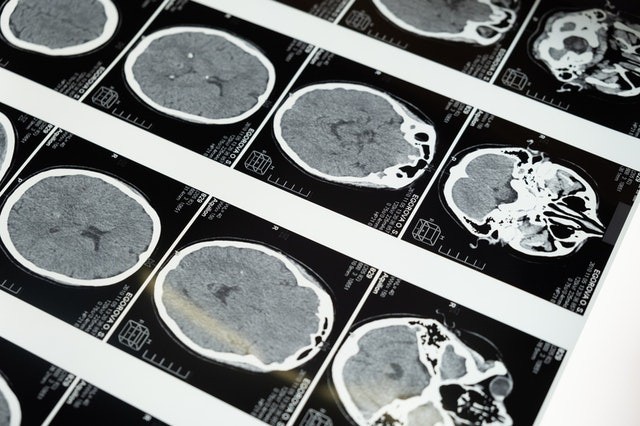New research by scientists at The Picower Institute for Learning and Memory at MIT measured how waves travel in the brain's prefrontal cortex during working memory to further examine the functional benefits that such a seeming motion may generate.
As indicated in a EurekAlert! report, after more than 100 years of research, the importance of brain waves, the brain cell groups' coordinated rhythmic electrical activity, remains not completely known.
The particularly underappreciated aspect of this phenomenon is that waves are spatially spreading or traveling through brain regions over time.
According to Sayak Bhattacharya, lead of the study and a postdoctoral Picopower Fellow in the lab of Picopower Professor and senior lead author Earl Miller, "Most of the neuroscience pieces of literature" comprises electrodes together and examining for time variations, such as changes in power at a specific frequency.
ALSO READ : Silver and Zinc Oxide's Ability to Penetrate the Blood Brain Barrier Dictated by Its Form and Shape

Spatial Subtleties
It is essential to appreciate that there are spatial subtleties, as well, explained Bhattacharya adding that brain oscillations are moving through the cortex in the form of 'traveling waves."
Such waves are akin to stadium waves where, the lead author continued, nothing moves, although sequential on-and-off neighbors give it the traveling wave's appearance.
This means that, while the neurons under a so-called "eavesdropping electrode" might burst with activity at a specific frequency, it is true too, that just before they perked up, neighboring neurons in some direction had done so, and quite soon, some others on the opposite side are going to follow suit.
Bhattacharya and Miller, together with their co-authors, performed research published in PLOS Computational Biology to find out what might mean for the essential brain function for working memory, where there is a need to hold new information in mind so it can be used. It is the manner one remembers the directions to the bathroom he was just told or the day's special offers at a restaurant.
Old Data Documented from Animals Cracked Open
The researchers cracked open some old data they had documented from animals while playing a simple working memory game to achieve the result.
The study authors observed the animals would see a single image on a screen, and following a short pause, they would then see it along with a few other images.
Bhattacharya could investigate if the recorded waves traveled at every moment and how by combining the recordings of electrodes made in the animals during the game sessions.
As a result, he discovered that there were a lot of different waves at several frequency bands that washed back and forth across the electrodes in different directions.
Careful computations showed that the waves were revolving in circle-like patterns surrounding central anatomical points within the prefrontal cortex.
Such a finding is notable as in other traveling wave research; usually, the waves are planar. This means that they move from one place to the other instead of going around like a race track.
Rotating Traveling Wave
As indicated in The Picower Institute report, Miller said, the waves, in general, are traveling, although the brain can change how the waves are traveling to suit various cognitive functions.
Certainly, there are various ways that revolving traveling waves could help a task, like working memory, he added. For instance, the working memory's key requirement is keeping information at the forefront of conscious thought while it is needed.
On the other hand, a stationary wave would mean that there would be unavailability of information when activity was off across the entire group.
Lastly, with a rotating traveling wave, there's constant activity somewhere around the circle, similar to what happens in a stadium of fans who do "the wave," with the next section standing up as soon as the previous one sits down.
Related information about brain waves is shown on MinuteEarth's YouTube video below:
RELATED ARTICLE : Magnetic Helmet Developed to Shrink Aggressive Brain Tumor; 1st Time to Test on 53-Year-Old Patient
Check out more news and information on Brain in Science Times.












